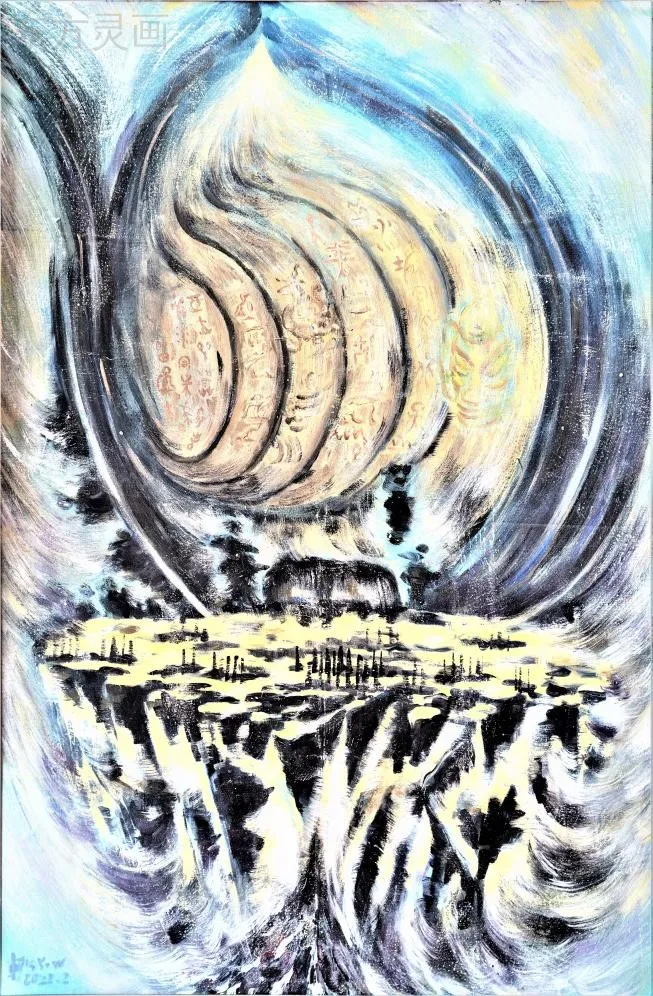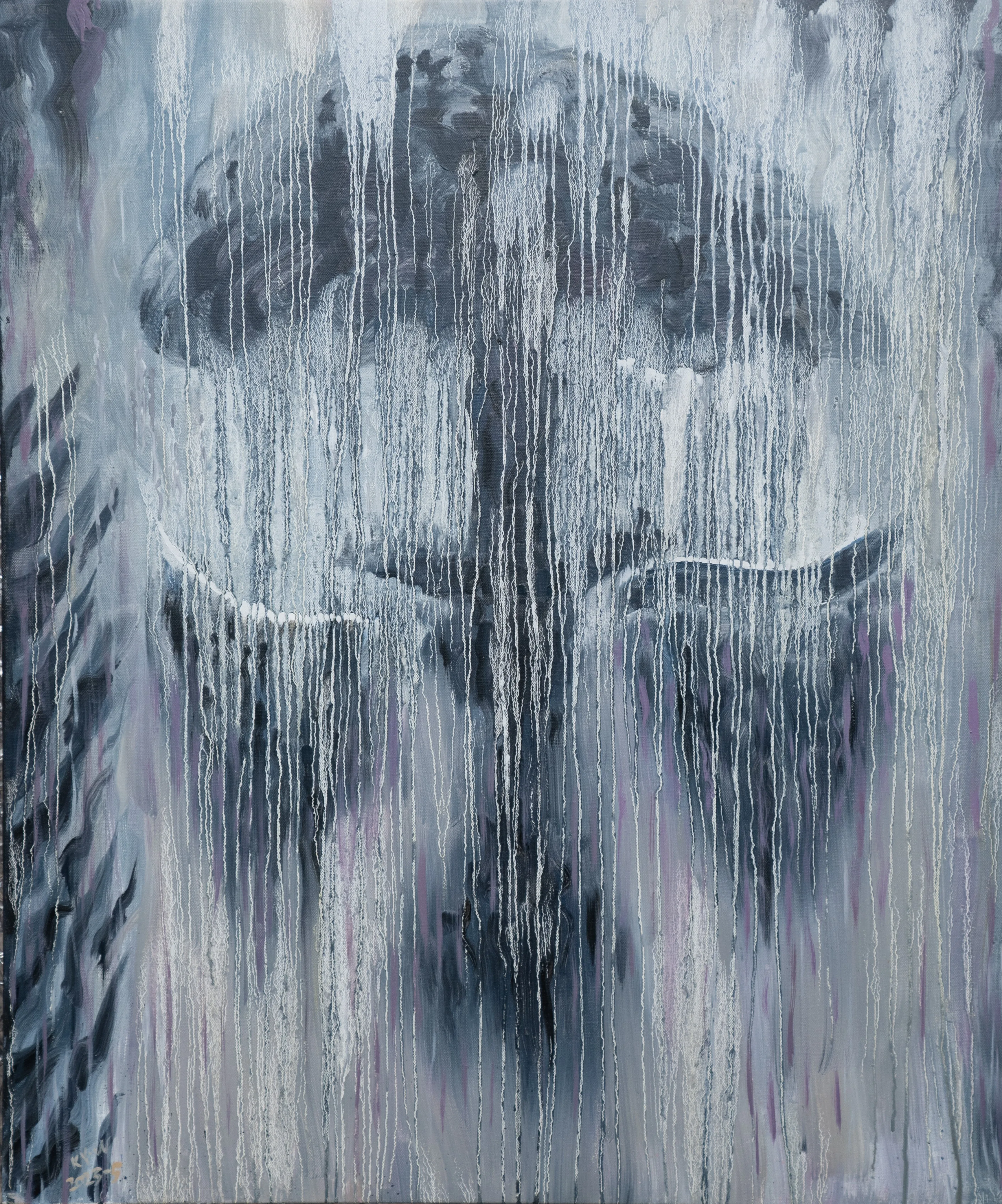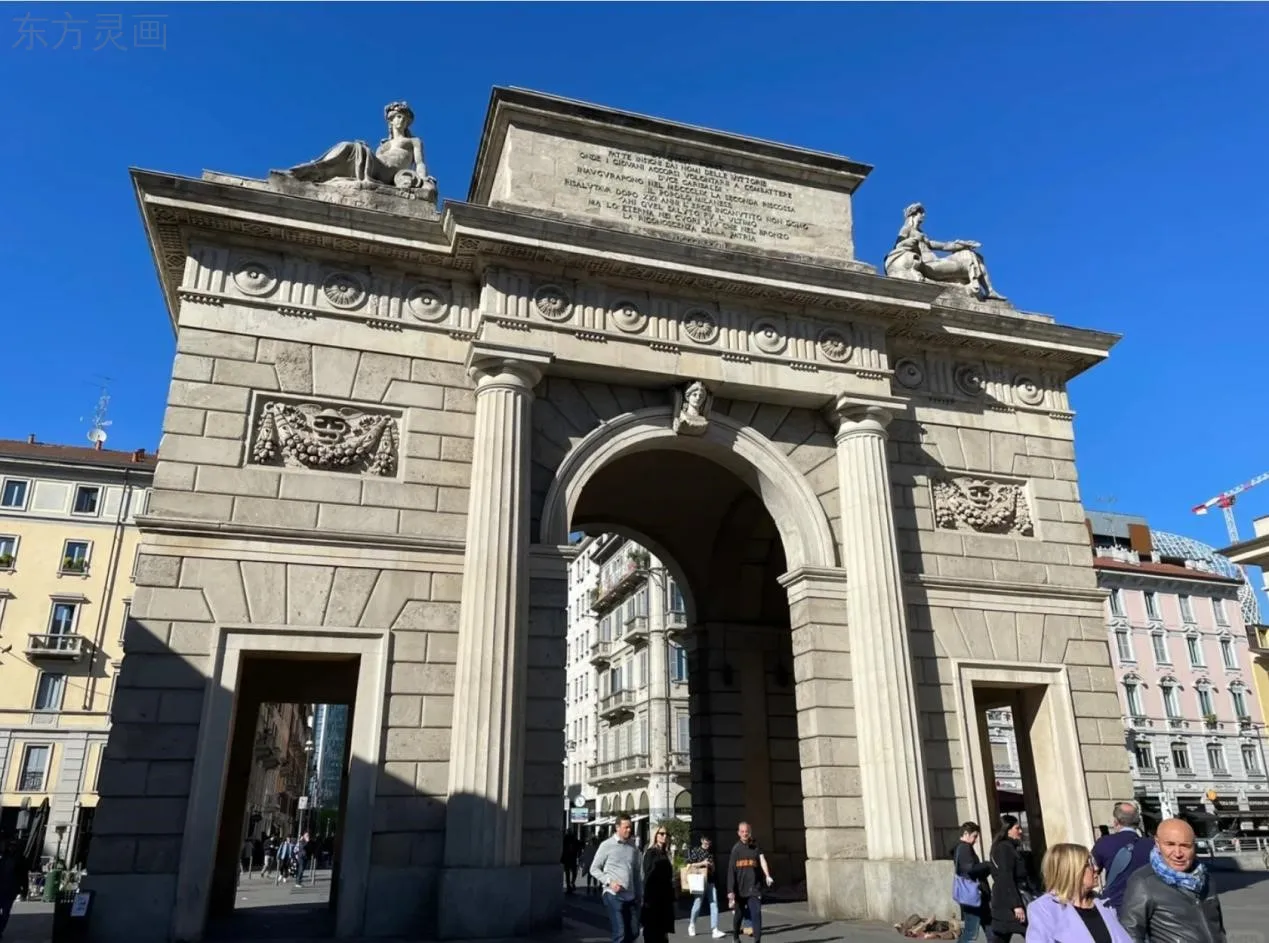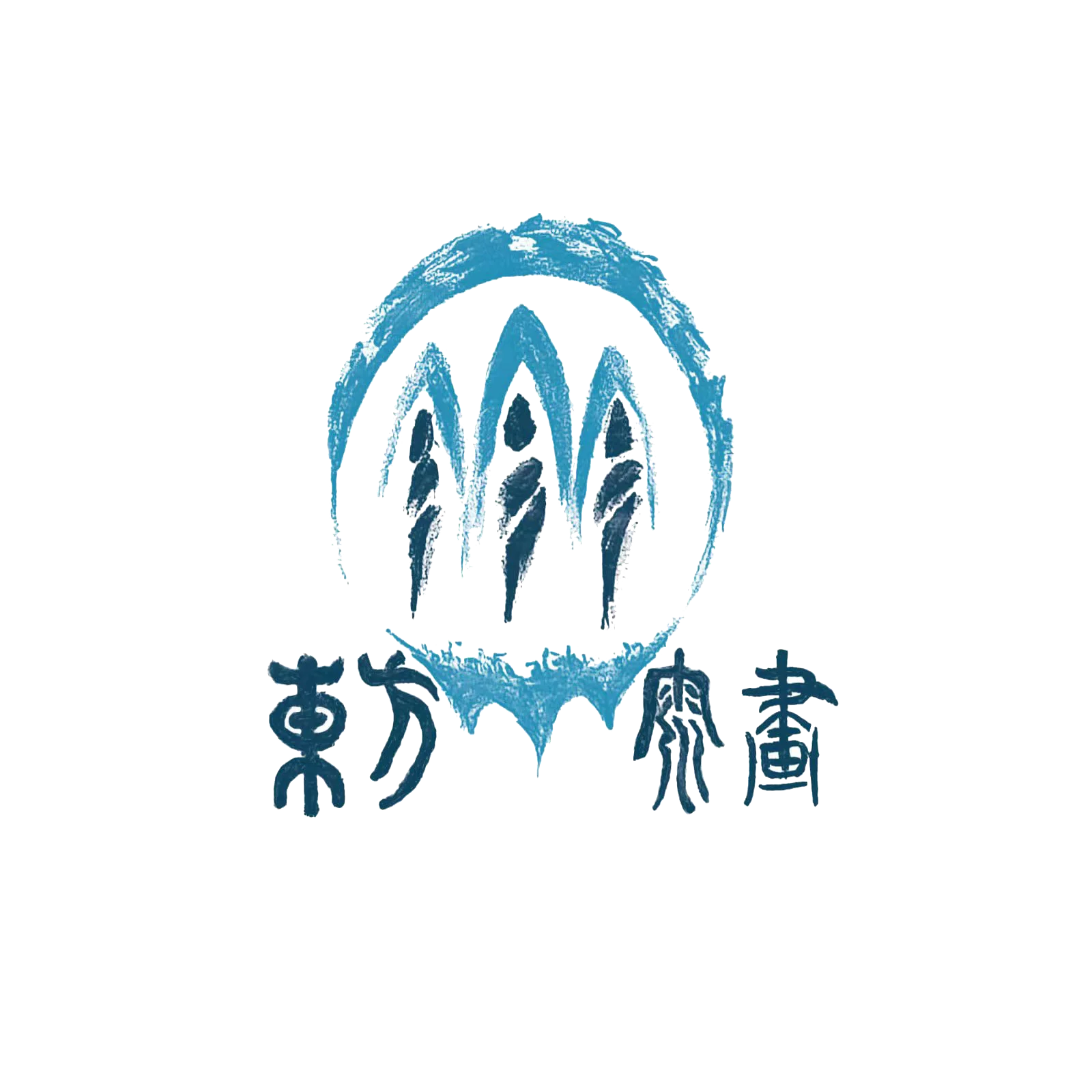作者:Giacomo Pigliapoco
Oriental Spirit Painting is a form of artistic expression created by Wu Keyang. This style of painting is a spiritual but at the same time figurative form, not just a philosophical idea but an artistic practice.
Through a unique perspective and artistic language, the artist demonstrates the birth of the universe, the origin of life, and the current consciousness and perception of various life forms. By exploring the subtle relationship between everything in the universe and human beings, the artist shows the audience how to return to ancient perception and introspective thinking.

Oil paintings:《古韵》
Specifications: 90x120cm
Creation date: 2023
It is not only the pursuit of the ‘glamour of light’ and the spirit of oriental culture, but also the spiritual expression of Wu Keyang, which makes the viewer think deeply about the ultimate purpose of existence and human life. As Kant said: ‘The starry sky above me, the moral law within me ......’.
From the chinoiserie pottery of the Royal Palace of Naples to Fenollosa and Carl Gustav Jung, from Roland Barthes to Ezra Pound, the links between Italy, Europe and the Far East are colourful and have always been filled with a light that has witnessed millennia of cultural exchange and intermingling between East and West.

Oil paintings:《无生有》
Specification:100cmx120cm
Creation date: 2023
Keyang Wu's Oriental Spiritual Paintings are deeply rooted in the long tradition of Oriental culture and philosophy, which emphasises the ‘observation of movement and stillness’ and the ‘glamour of light’. As we know, movement and stillness in everything are relative; movement is stillness and stillness is movement. These profound cultural concepts, which Wu Keyang presents in his art images, enable people to see the source and energy of movement in static images, integrating movement and static into the picture, expressing the aesthetic concept of ‘moving and static observation together’. Through Wu Keyang's art, this equivalence is fully demonstrated.
Master Wu's paintings are heavily influenced by traditional Chinese thought, which emphasises that in the Tao, the unity of nature and man exists in an emptiness full of possibilities.
Everything coexists with everything, almost like Barmenides or Severino (time does not exist), everything is harmony, rhythm, melody ...... Aware of this tradition, he expresses the deeper essence of the Eastern culture through oil paintings, even though the Orient is also rich in its many manifestations of architecture, ceramics, sculpture and painting.

I personally believe, like Wu Keyang, that painting has always been the same in all places and times, and that only painters, artists, and those who perceive paintings in their own retinas are able to advance, grasp, or relinquish, the opportunity to expand their emotional state and consciousness.
However, we understand that to understand or not to understand, to take or not to take, to pick a flower or just to smell and look at it, are all equivalent behaviours, and we naturally remain ‘indifferent’ to them. In the same way, we know that accepting beauty and art can change our hearts and minds! This is the eternal source of art, be it dance, visual poetry, theatre or sculpture ......
Author Bio:
Giacomo Pigliapoco(贾科莫·皮利亚波科)He is an art historian, independent curator, currently director of the Ducato Prize for contemporary art and co-founder of the Arte Marche Viva festival.

Leave a Reply